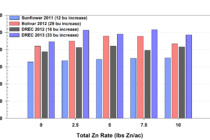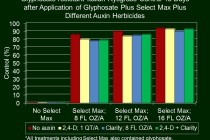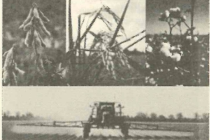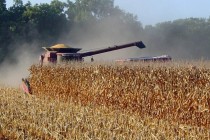👤Tom Allen, Extension Plant Pathologist
🕔16:30, 26.Jun 2013
Corn diseases continue to be a hot topic throughout the MS corn production area. Most field calls have been regarding common rust as well as northern corn leaf blight. However, over the past two weeks numerous calls regarding nutrient and irrigation stresses have been answered that were initially thought to be disease. In addition, with the recent information from Louisiana regarding the observation of Goss’s wilt in LA (a rare event in their production system) agriculturists should know that disease as well as crop stresses can be initially misdiagnosed as diseases that are not normally present in our production system such as Goss’s wilt.
Read Full Article▸






